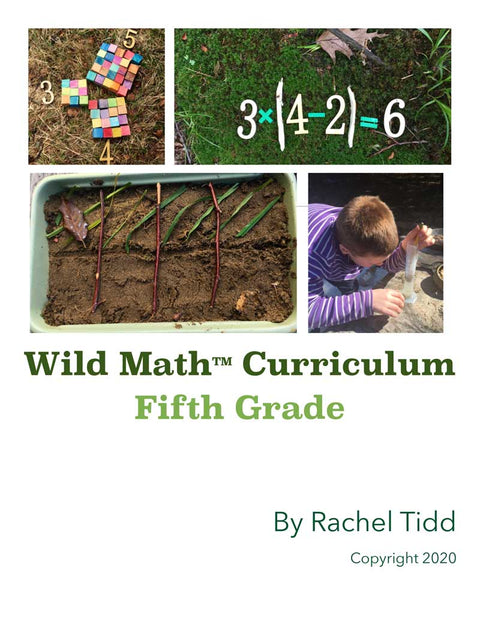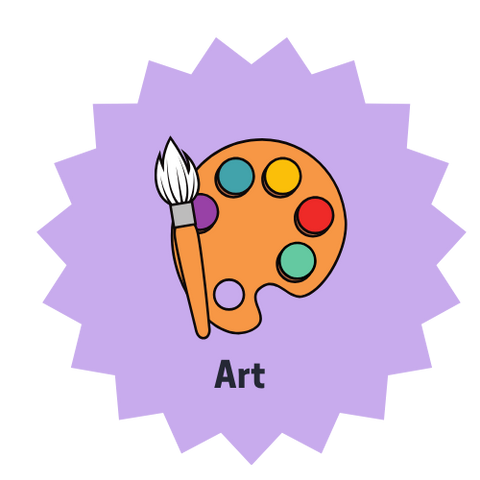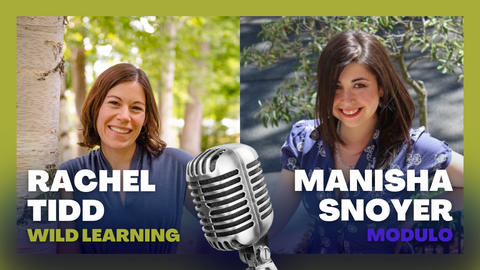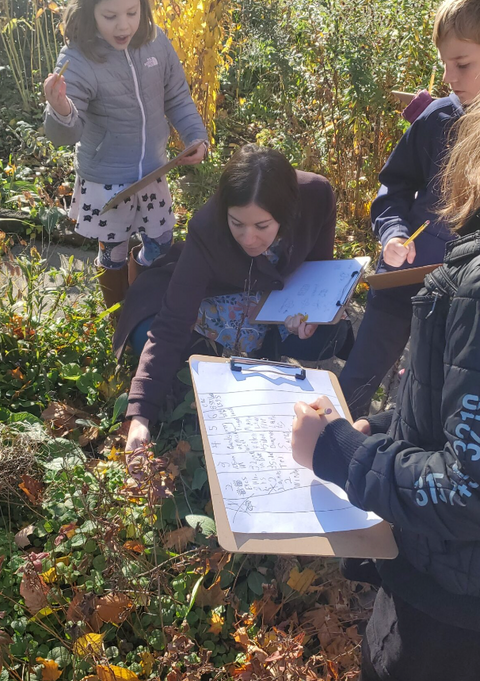
Our mission
The mission of Wild Learning is to harness the natural world as a vibrant classroom, empowering children to develop essential academic skills—like reading, writing, and math—through hands-on, outdoor, and place-based learning experiences. By blending nature-based exploration with structured, science-aligned instruction, the program seeks to increase engagement, foster multisensory learning, support diverse learners, and cultivate a deeper connection to both subject matter and the environment. It aims to make education more meaningful, motivating, and mentally enriching by integrating core academics into real-world outdoor contexts.
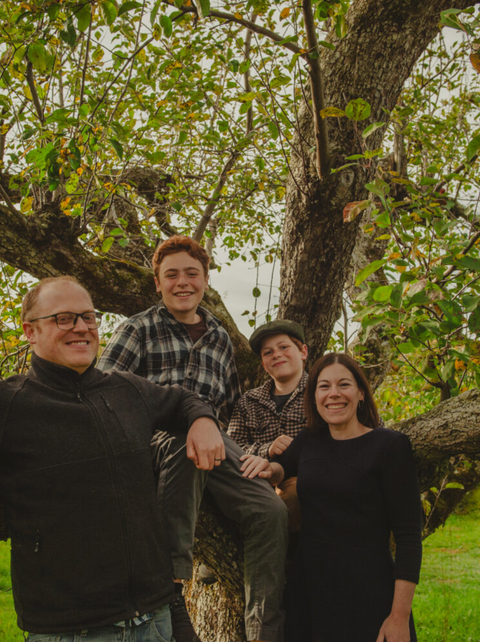
Our story
FAQ: Additional Details about Wild Math Curriculum: Fifth Grade
Due to copyright law, all sales are final with no returns accepted once the product is downloaded—though orders can be refunded before delivery by contacting the seller.


